Reading comprehension Normal Letter Recognition Worksheets for Ages 3-9
10 filtered results
-
From - To
Unlock your child's potential with our Reading Comprehension Normal Letter Recognition Worksheets designed for ages 3-9! These engaging and interactive worksheets provide a fun way for young learners to enhance their letter recognition and reading skills. Colorful illustrations and age-appropriate activities make learning the alphabet enjoyable, ensuring your child builds a strong foundation in literacy. Ideal for home learning or classroom use, our worksheets help kids improve their reading comprehension while recognizing letters. Support your child's educational journey with these essential resources and see them thrive as confident readers! Explore our carefully crafted worksheets today and watch their skills blossom!
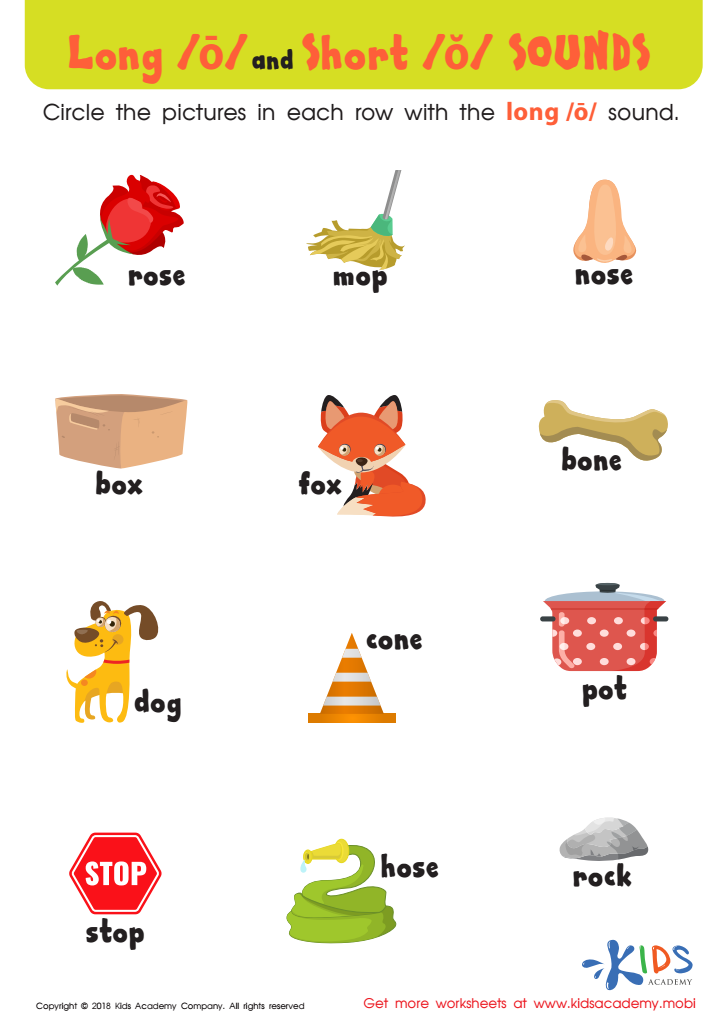

Reading: Long O and Short O Sounds Worksheet
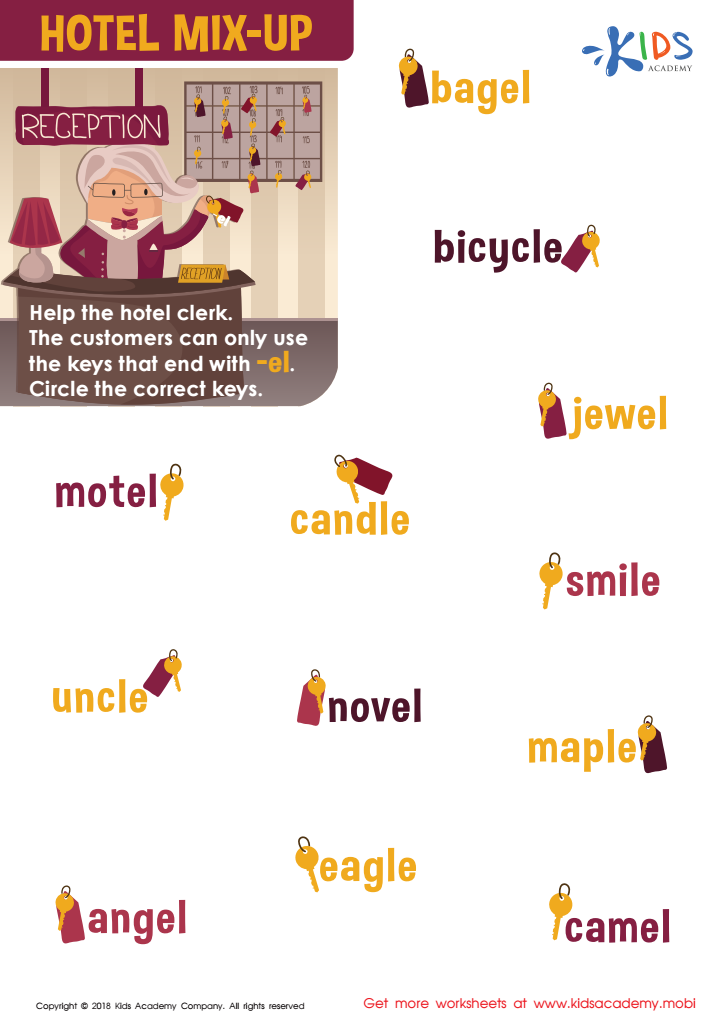

Hotel Mix-up Worksheet


Short Vowels /e/, /i/, and /u/ Worksheet
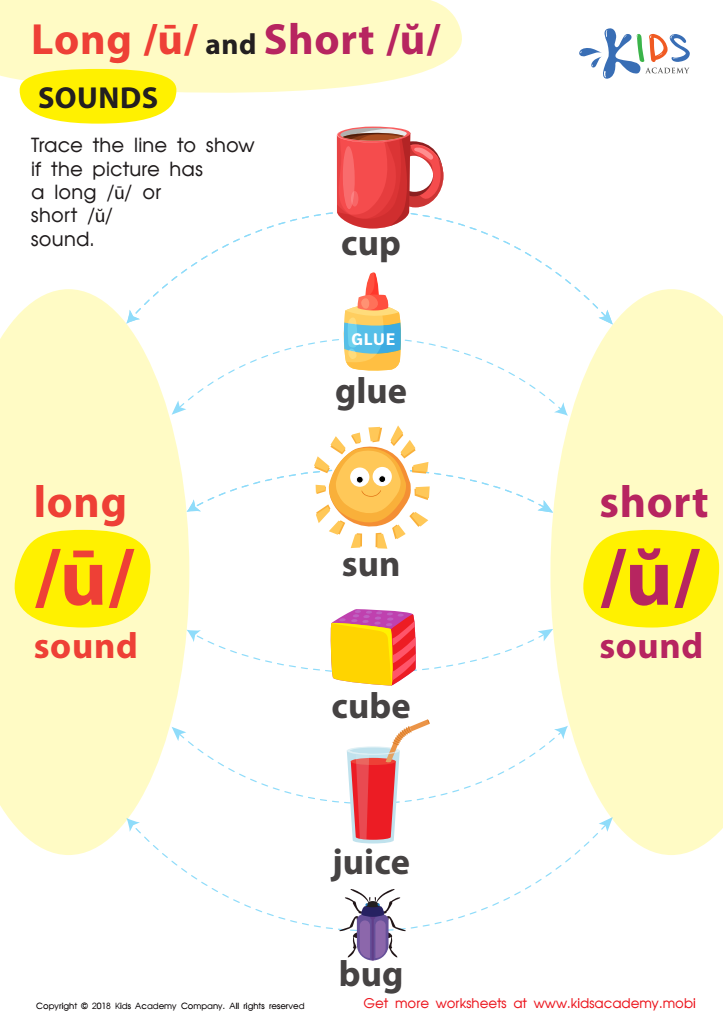

Reading: Long U and Short U Sounds Worksheet
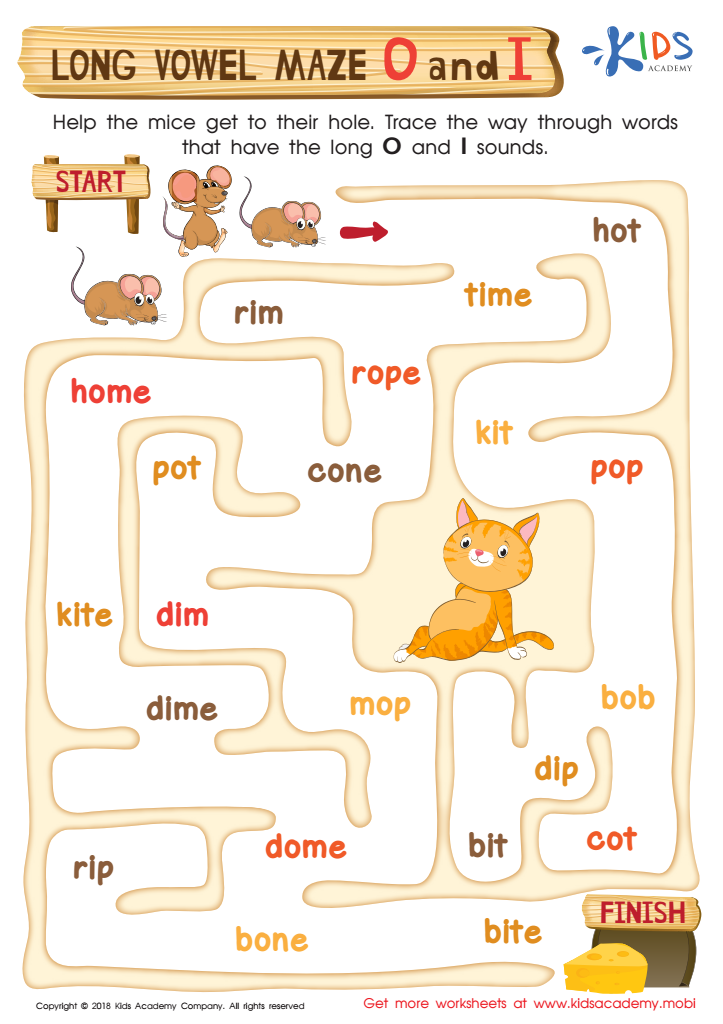

Long Vowel Maze /o/ and /i/ Worksheet
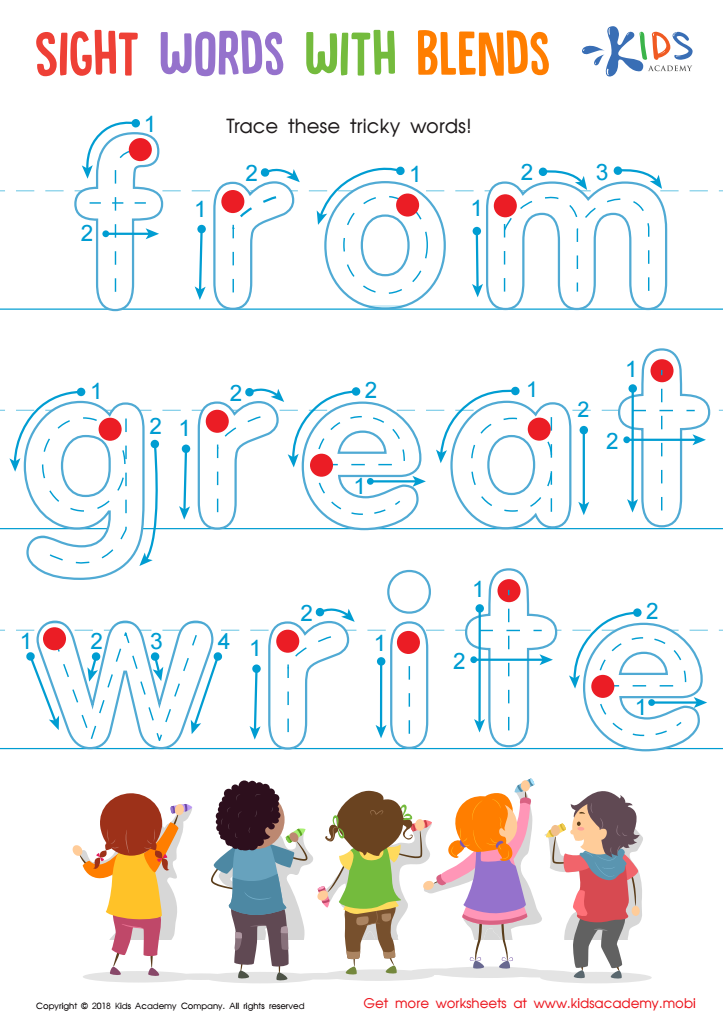

Sight Words with Blends Worksheet
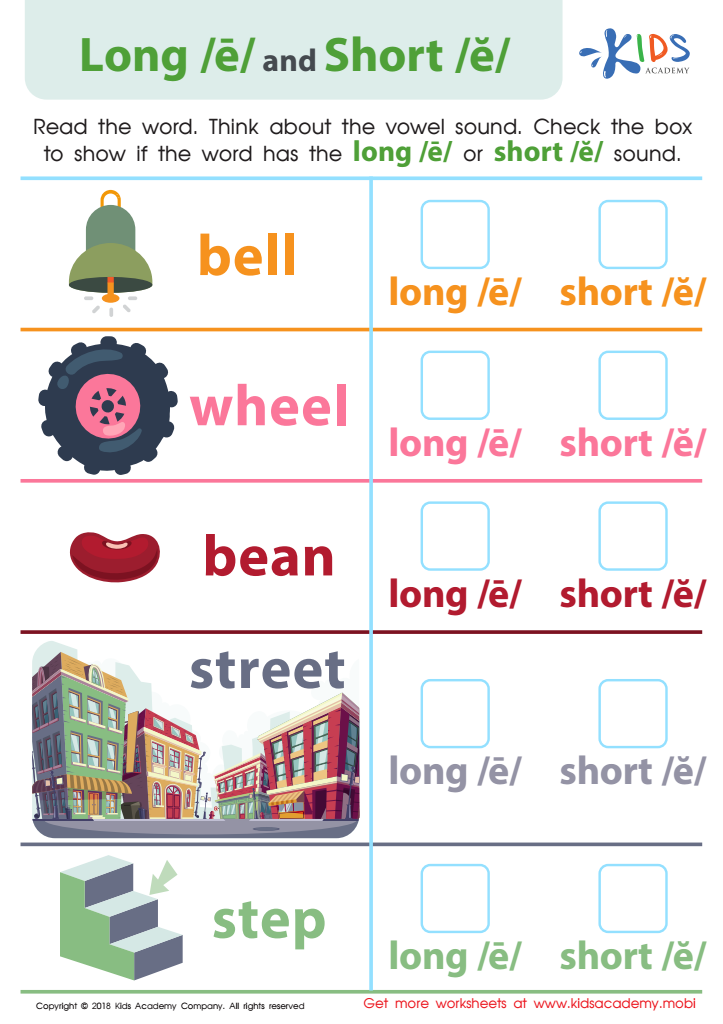

Reading: Long E and Short E Worksheet
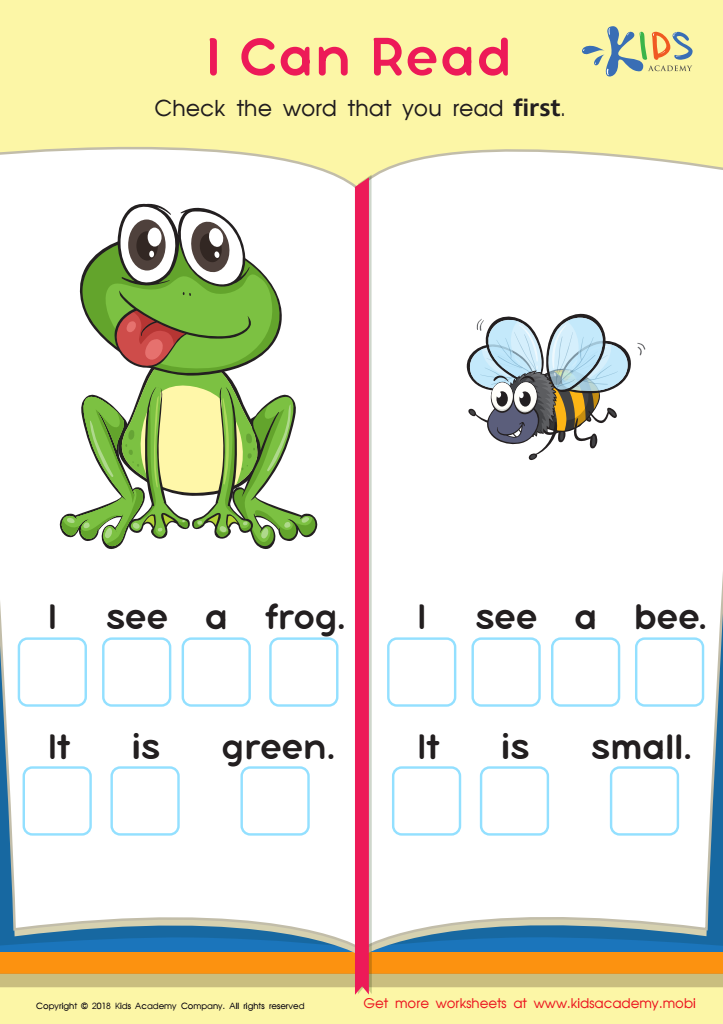

I Can Read Worksheet
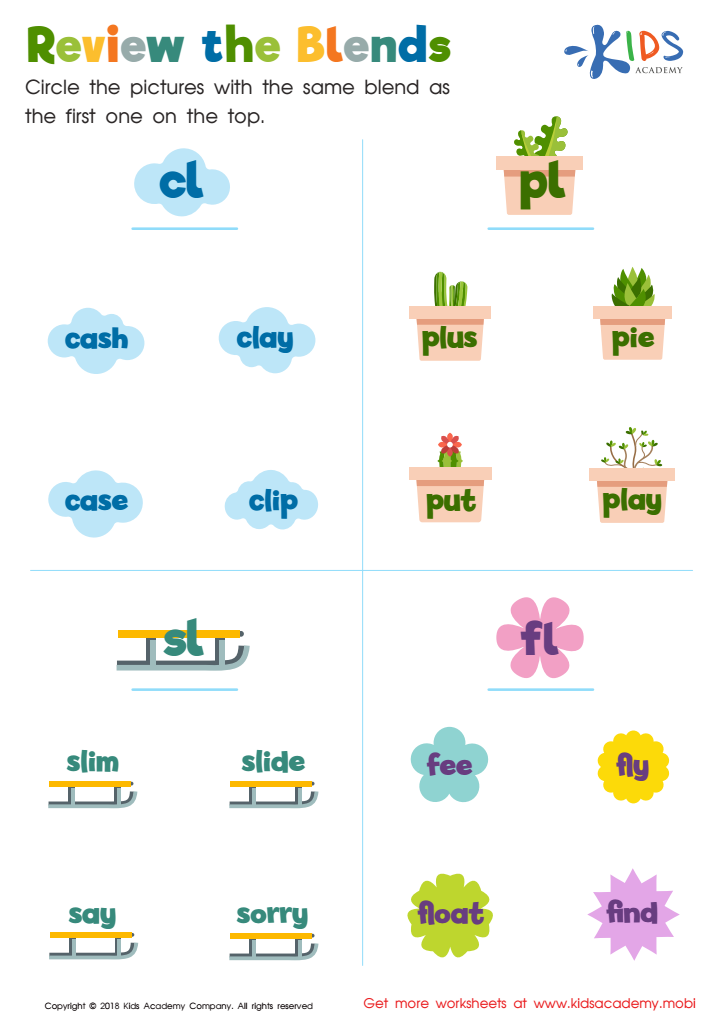

Review the Blends Worksheet
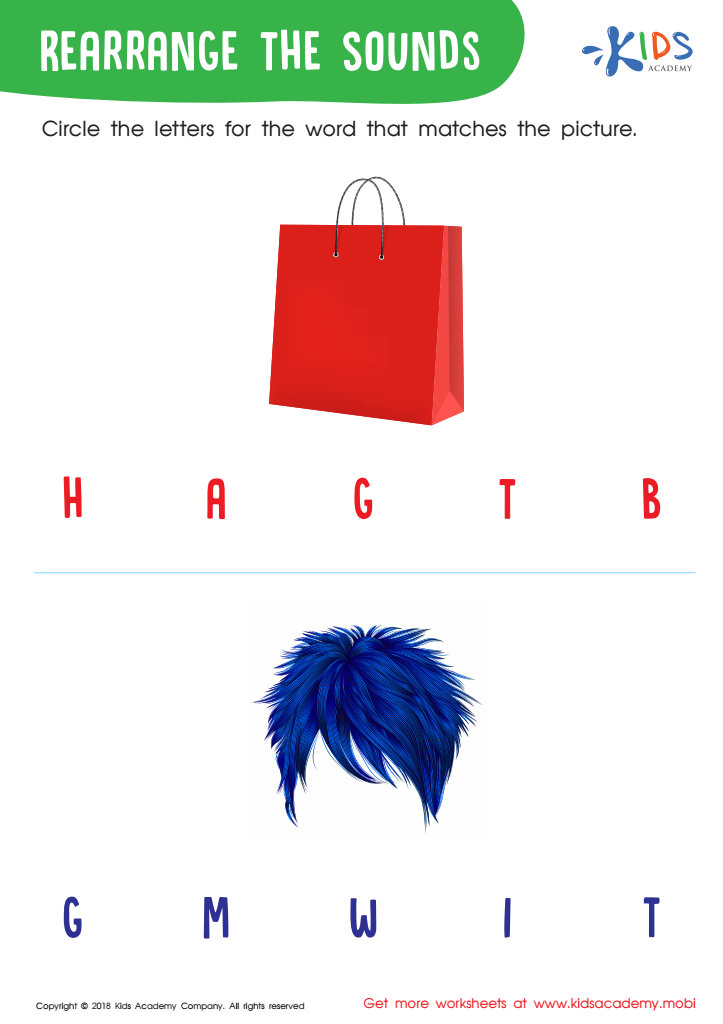

Rearrange the Sounds Worksheet
Reading comprehension and letter recognition are fundamental skills that lay the groundwork for a child's future academic success. For children aged 3 to 9, these skills are particularly crucial, as this is a critical period for cognitive and linguistic development. Parents and teachers should prioritize these areas for several compelling reasons.
Firstly, strong reading comprehension enables children to understand and engage with texts, fostering a love for reading that can last a lifetime. Comprehension skills help children connect ideas, make inferences, and analyze information, crucial for effective communication and critical thinking.
Secondly, normal letter recognition is essential for decoding words, which is the first step in learning to read. Recognizing letters and understanding their sounds allows children to interact with written language, promoting self-confidence and independence in their reading journeys.
Both skills also correlate with academic achievement across subjects, as reading is a foundational element in learning. Moreover, early proficiency can prevent learning challenges later on, saving children from potentially falling behind in their education.
By focusing on reading comprehension and letter recognition, parents and teachers can equip children not only for schooling but also for lifelong learning and personal growth.
 Assign to My Students
Assign to My Students






















